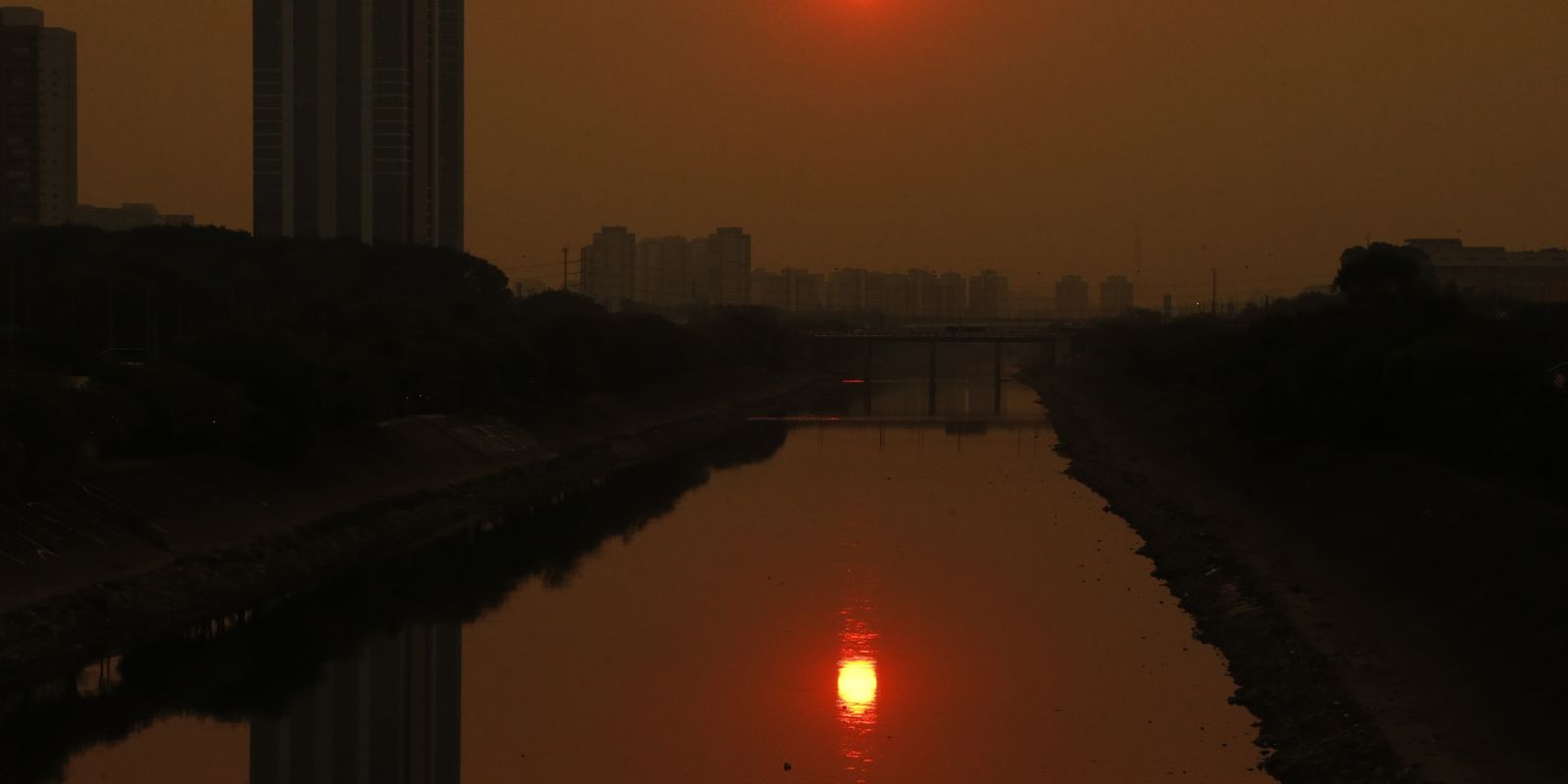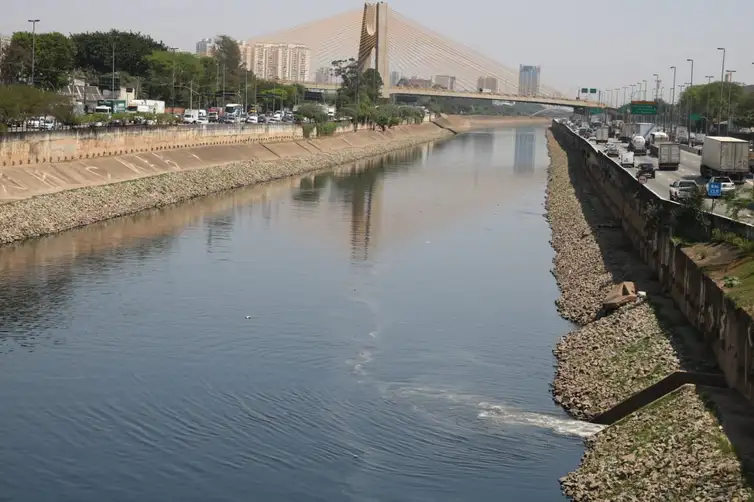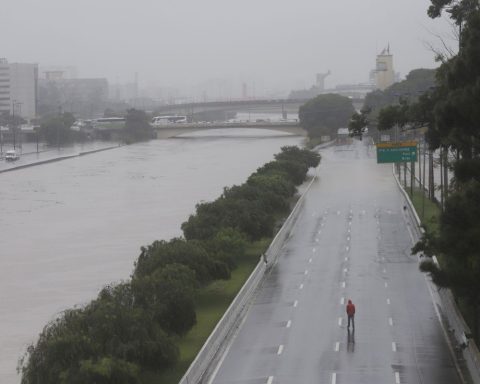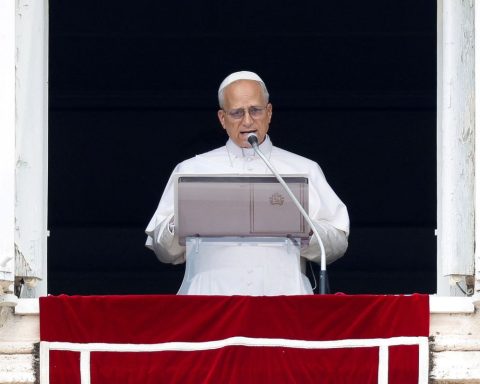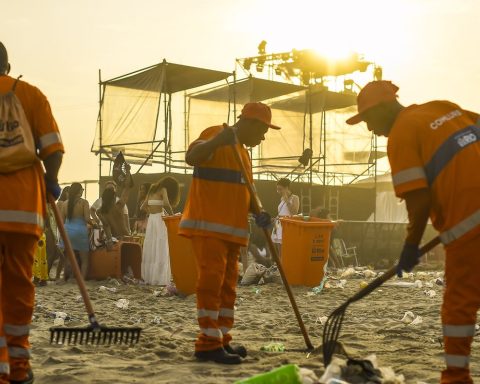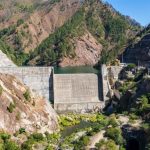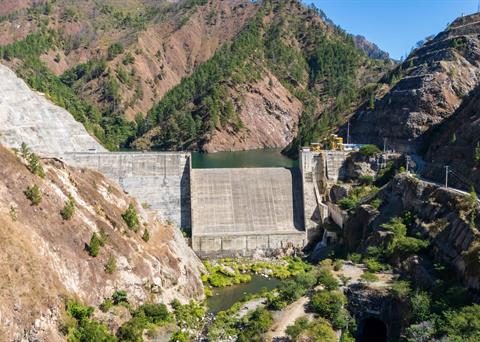On the eve of Tietê River Day, celebrated next Sunday (22), a monitoring program by the SOS Mata Atlântica Foundation revealed that there was a worsening in the river’s pollution in 2024. According to the Observing the Rivers program, the water is unfit for use in 207 of the 576 kilometers (km) analyzed. This represented a growth of 29% compared to the previous year, when the stain of water unfit for use covered 160 kilometers. Of the 207 km of stain, 131 km were of poor quality and 76 km were of terrible quality.
This is the fourth year in a row that the polluted area has grown. “The stain is a term we have given to this portion of the river that is without oxygen, which is concentrating so many pollutants that the aerobic bacteria stop working and the anaerobic bacteria start working, making the river look dark, smell bad and have low biological diversity, without fish, birds or mollusks”, explains Cesar Pegoraro, educator and mobilizer of the Clean Water Cause. “The river is always showing us what society is doing to it. In this sense, the stain is showing us that there are public policies that need to gain strength. Citizens need to engage more with the issue of basic sanitation, take better care of the streets and diffuse pollution”
According to Gustavo Veronesi, coordinator of the Clean Water Cause at SOS Mata Atlântica, one of the explanations for the increase in pollution levels in the Tietê are climate emergencies. “The main factor behind this increase in pollution levels is climate emergencies. In the metropolitan region, it has been raining much less, so the sewage, which still flows into the river, has less water to dilute it, due to this drought process,” he explained to Brazil Agency.
In addition to climate factors, the expert points to the lack of basic sanitation as another cause of the increase in the polluted area. “Many people still do not have basic access to sewage treatment and collection services. So a lot of sewage still ends up in the river,” warns Veronesi.
History
The largest river in the state of São Paulo, with 1,136 kilometers from source to mouth, the Tietê River runs through the state from east to west, bathing 62 municipalities in São Paulo. Among these municipalities is the capital São Paulo.
The date in celebration of the river emerged in 1992, during ECO-92, held in Rio de Janeiro. During the event, a petition with more than 1.2 million signatures was delivered to the then governor of São Paulo, Luiz Antônio Fleury Filho, demanding the depollution of the river.
From then on, the Basic Sanitation Company of the State of São Paulo (Sabesp) started the Tietê Project to clean up the river, and SOS Mata Atlântica created a water quality monitoring program, called Observing the Tietê, which became Observing the Rivers.
“Having a date to celebrate the river is a form of resistance,” highlighted Cesar Pegoraro. “This is a way of showing that this river is alive, that this river is a necessary and useful water for the life of our city and that it is a space for leisure, contemplation and sports,” he added.
Since it began to be monitored, the extent of the pollution patch has varied, alternating between periods of reduction and increase. Since 2021, however, it has grown by 143.5%, going from 85 to 207 kilometers. “The pollution patch is an educational way that SOS Mata Atlântica found to show society how the Tietê decontamination project is progressing. This patch had been in continuous decline until the time of the water crisis in 2014, when, due to the redirection of investments to collect water for the population, sewage treatment was put on the back burner. This was recovering, but with the pandemic, it started to grow again,” explained Veronesi.
When this pollution stain grows, it means that the river cannot be used for leisure, tourism, fishing or irrigation. “To change this situation, we need to continue the Tietê depollution project, speed up the sewage collection and treatment works, and also use nature-based solutions.
In more distant places, in isolated or rural communities, it is very possible to think of nature-based solutions that could be a biodigester, a banana cycle, an island or a filter garden”, the coordinator exemplified. “We also consider it very important to establish a linear park that connects the Pinheiros River to the Tietê River, creating a large corridor connecting the Guarapiranga Reservoir to the Tietê Ecological Park”, he added.
Good quality
The water quality of the Tietê River was monitored over a total of 576 kilometers, from its source in Salesópolis to Barra Bonita, on the Tietê-Paraná waterway. In this stretch, good quality water was found along 60 kilometers, between the source and the city of Mogi das Cruzes, and also in another 59-kilometer stretch, which extends from the Barra Bonita Reservoir region, between São Manoel and the mouth of the Piracicaba River. No stretch of the river, however, was classified as excellent.
There was also a 250-kilometer-long strip in which the water condition was regular, observed in three segments along the middle Tietê.
Integra Tietê
In March of last year, the government of São Paulo launched the IntegraTietê Program to promote the revitalization of São Paulo’s main river. According to the government, the program includes a series of short, medium and long-term measures. The current forecast is that R$15.3 billion will be invested by 2026, totaling more than R$23.5 billion by 2029, in the expansion and improvement of the basic sanitation system, dredging, polder management, improvements in water quality monitoring and recovery of fauna and flora, among other measures.
Despite programs like this, SOS Mata Atlântica states that water quality continues to be compromised by local conditions, such as sewage pollution, reservoir management and dam operation, climate or as a result of agricultural activities.
Therefore, Veronesi emphasizes that it is necessary to have integrated plans to clean up the river and that consider the impacts of climate change, environmental sanitation in cities and land use in rural areas. “Polluting a river is quick, but recovery is slow and requires constant attention, with continuous improvements in sanitation structures and environmental education to prevent its degradation.”
Although it is a slow process, Veronesi points out that pollution control is possible. “All rivers can be cleaned up. But this depends on an effort from the entire society, starting with the government, but also bringing together businesspeople, farmers, traders and citizens,” he highlighted.
